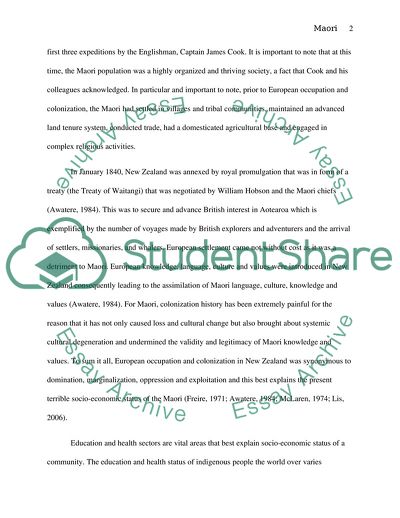Cite this document
(Maori Education and Health Case Study Example | Topics and Well Written Essays - 2000 words, n.d.)
Maori Education and Health Case Study Example | Topics and Well Written Essays - 2000 words. Retrieved from https://studentshare.org/health-sciences-medicine/1742477-maori-education-health
Maori Education and Health Case Study Example | Topics and Well Written Essays - 2000 words. Retrieved from https://studentshare.org/health-sciences-medicine/1742477-maori-education-health
(Maori Education and Health Case Study Example | Topics and Well Written Essays - 2000 Words)
Maori Education and Health Case Study Example | Topics and Well Written Essays - 2000 Words. https://studentshare.org/health-sciences-medicine/1742477-maori-education-health.
Maori Education and Health Case Study Example | Topics and Well Written Essays - 2000 Words. https://studentshare.org/health-sciences-medicine/1742477-maori-education-health.
“Maori Education and Health Case Study Example | Topics and Well Written Essays - 2000 Words”. https://studentshare.org/health-sciences-medicine/1742477-maori-education-health.


